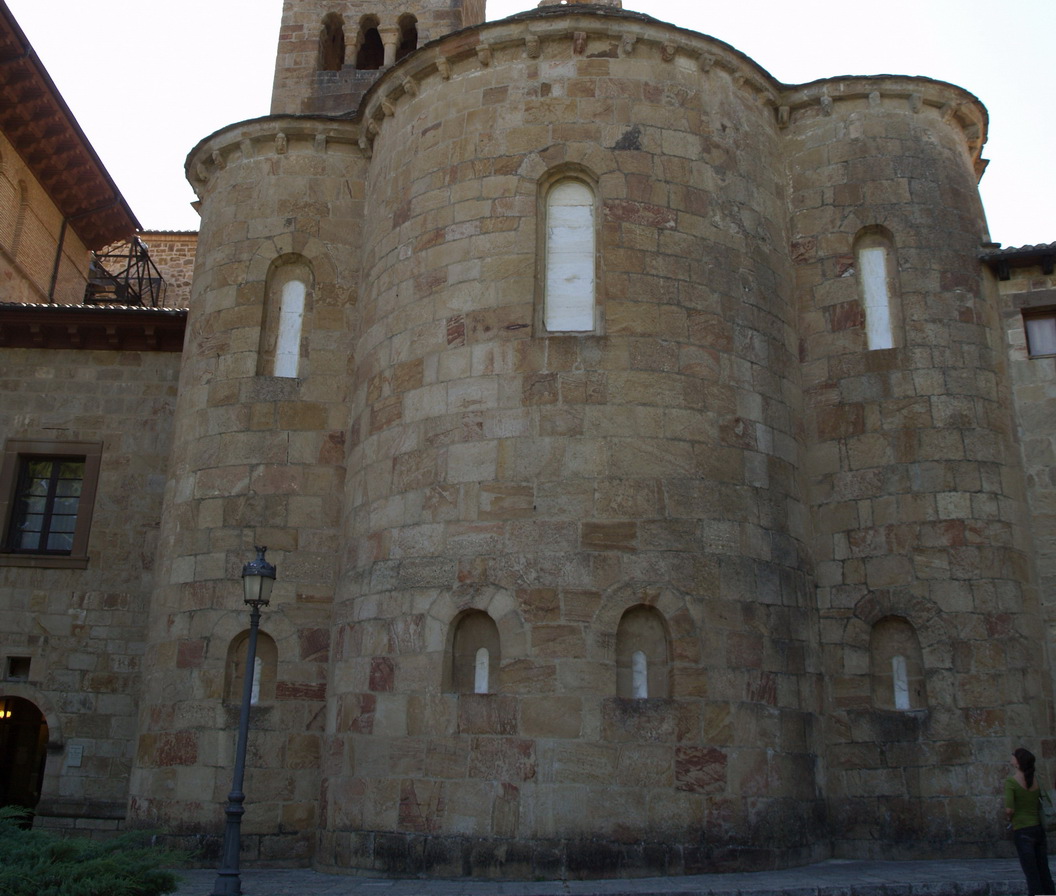MARTÍNEZ DE AGUIRRE, Javier, "The role of kings and bishops in the introduction of Romanesque art in Navarre and Aragon"
Romanesque Patrons and Processes (eds. Jordi Camps, Manuel Castiñerias, John McNeill y Richard Plant), Abingdon-Nueva York, Routledge, 2018, pp. 47-62
Abstract
This chapter examines the role that kings and bishops played in three fundamental works of Romanesque art and architecture in Navarre and Aragon: the monastery of Leire and the cathedrals of Jaca and Pamplona. Both documentary evidence and the historical context demonstrate that royal intervention was limited to promotional and funding aspects and to the churches′ monumental character. The role of the bishops was significantly more direct and determining. It is very likely that Sancho, abbot-bishop of Leire, visited Cluny, where he befriended Abbot Odilo; Pedro de Rodez, bishop of Pamplona, had been monk in Conques and later visited Toulouse and Santiago de Compostela. In all three cases, it is clear that construction was intended as a monumental manifesto for the new path taken by their respective developing institutions under the banner of ecclesiastical reform. As regards Jaca Cathedral, the author proposes new and relevant considerations. The two portal programmes, and the more legible and intentional facets of the building′s architectural configuration, were probably conceived by Bishop Pedro (1086-99), a former monk of San Juan de la Peña. They reflect a spirituality with monastic roots enhanced with political allegories that could have been addressed to King Sancho Ramírez.
Resumen
Este capítulo examina el papel que desempeñaron reyes y obispos en tres obras fundamentales del arte y de la arquitectura románica en Navarra y Aragón: el monasterio de Leire y las catedrales de Jaca y Pamplona. Tanto las evidencias documentales como el contexto histórico muestran que la intervención regia se limitó a la promoción y financiación, así como al carácter monumental de las iglesias. El papel de los obispos fue significativamente más directo y determinante. Es muy probable que Sancho, abad-obispo de Leire, visitase Cluny, donde habría entablado amistad con el abad Odilón, y que Pedro de Rodez, obispo de Pamplona, hubiera sido monje en Conques y hubiera visitado posteriormente Toulouse y Santiago de Compostela. En los tres casos queda claro que la construcción fue concebida como un manifiesto monumental del nuevo rumbo tomado por sus instituciones respectivas bajo la bandera de la reforma eclesiástica. Por lo que respecta a la catedral de Jaca, se proponen nuevas consideraciones que ayudan a entender la configuración global del edificio. Los programas de sus dos portadas, y los aspectos más legibles e intencionales de la arquitectura del edificio, fueron probablemente concebidos por el obispo Pedro (1086-1099), antiguo monje de San Juan de la Peña. Reflejan una espiritualidad de raíz monástica, acentuada por alegorías políticas que podrían haberse dirigido al rey Sancho Ramírez.

